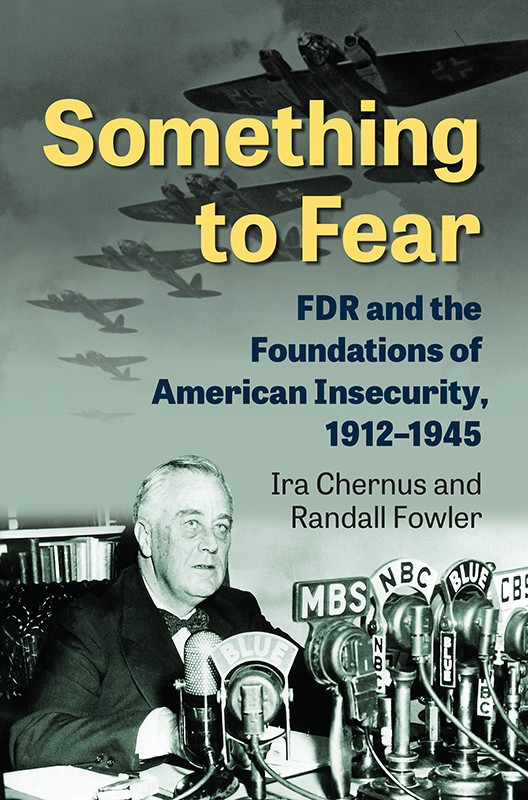

Most ebook files are in PDF format, so you can easily read them using various software such as Foxit Reader or directly on the Google Chrome browser.
Some ebook files are released by publishers in other formats such as .awz, .mobi, .epub, .fb2, etc. You may need to install specific software to read these formats on mobile/PC, such as Calibre.
Please read the tutorial at this link: https://ebookbell.com/faq
We offer FREE conversion to the popular formats you request; however, this may take some time. Therefore, right after payment, please email us, and we will try to provide the service as quickly as possible.
For some exceptional file formats or broken links (if any), please refrain from opening any disputes. Instead, email us first, and we will try to assist within a maximum of 6 hours.
EbookBell Team

4.7
106 reviewsIn Something to Fear, Ira Chernus and Randall Fowler demonstrate that Roosevelt’s rhetoric, vision, and policies promoted a broadly defined sense of American security over a period of thirty-three years, ultimately helping elevate security to its primacy in US political discourse by the end of his presidency. In doing so, however, he also heightened the prominence of insecurity in American public life, mediating the United States’ transition to superpower status in a way that also elevated fear in debates over foreign affairs.
FDR’s presidency precipitated a complex shift in US foreign policy that defies any straightforward account organized along a linear isolationist-to-interventionist trajectory. Chernus and Fowler investigate the uncertainties and contradictions embedded in FDR’s presidential rhetoric, which drew from realist, racial, progressive, nostalgic, apocalyptic, liberal internationalist, and American exceptionalist discourses. In this way, Roosevelt’s rhetoric anticipated the ambivalences contained in American adventures abroad ever since.
Something to Fear shows how FDR’s response to the Great Depression, the debates over intervention, and World War II left an immense rhetorical legacy that often stressed insecurity. This study of FDR’s entire political career also carefully links him to the Progressive Era before his presidency and to the Cold War era after it.